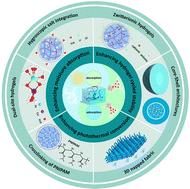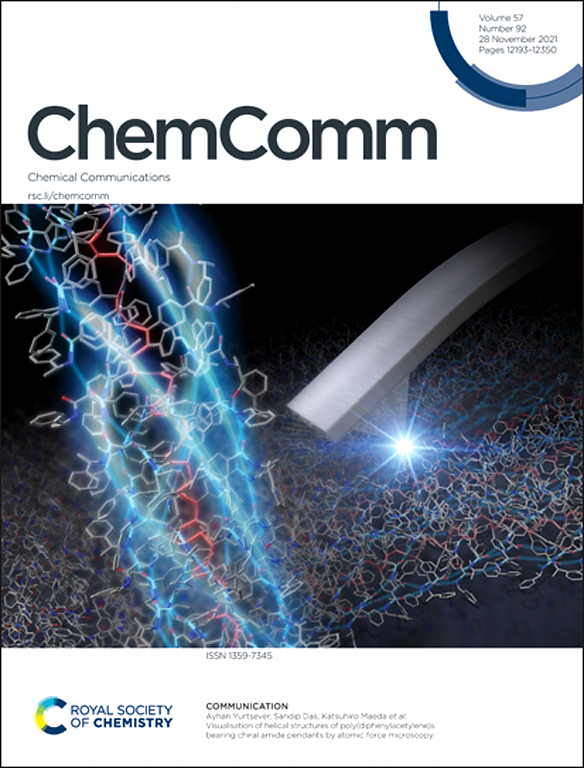从吸湿性水凝胶到可持续水关系:基于水凝胶的大气收集器的重要回顾
IF 4.2
2区 化学
Q2 CHEMISTRY, MULTIDISCIPLINARY
引用次数: 0
摘要
淡水短缺是一个严重的全球挑战,特别是在干旱和半干旱地区。基于吸附的大气水收集(SAWH)由于其在低湿度环境中的可行性而成为一种有前途的解决方案。在各种吸湿材料中,吸湿水凝胶因其优越的吸水能力、相对较低的解吸温度以及可扩展的合成途径而备受关注。考虑到基于水凝胶的水卫生领域取得的重大进展,有必要系统地总结这一重要且快速发展的领域的创新和成就。本文综述了吸湿性水凝胶的结构设计和合成策略。然后,详细讨论了水凝胶的三个关键问题:(1)如何加速水捕获动力学以提高水凝胶的大气吸水性能;(2)如何促进解吸过程以获得淡水;(3)如何增强水凝胶的稳定性以保持其高性能。介绍和分析了解决这些问题的各种策略,包括化学改性、无机吸湿剂的集成和结构工程,以及潜在的机制。最后,展望了该领域面临的挑战和机遇,以促进水凝胶基SAWH的发展和实际应用。本文章由计算机程序翻译,如有差异,请以英文原文为准。

From hygroscopic hydrogel to sustainable water nexus: a critical review of hydrogel-based atmospheric harvesters
Freshwater scarcity poses a critical global challenge, particularly in arid and semi-arid regions. Sorption-based atmospheric water harvesting (SAWH) has emerged as a promising solution due to its feasibility in low-humidity environments. Among various hygroscopic materials, hygroscopic hydrogels have drawn great attention due to their superior water uptake capacity, relative lower desorption temperature, and scalable synthesis routes. Considering the significant progress in hydrogel-based SAWH, it is imperative to systematically summarize the innovations and achievements in this important and rapidly developing field. In this review, the structure design and synthesis strategies of hygroscopic hydrogels are summarized. Then, three key points for SAWH are discussed in detail: (1) How to accelerate water capture kinetics to enhance atmospheric water uptake performance of hydrogels; (2) how to facilitate the desorption process to obtain fresh water; and (3) how to reinforce the stability of hydrogels to keep their high performance. Various strategies including chemical modification, integration of inorganic hygroscopic agents, and structural engineering for addressing these key points, as well as the underlying mechanisms, are introduced and analyzed. Finally, the challenges and opportunities in this field are prospected to promote the development and practical application of hydrogel-based SAWH.
求助全文
通过发布文献求助,成功后即可免费获取论文全文。
去求助
来源期刊

Chemical Communications
化学-化学综合
CiteScore
8.60
自引率
4.10%
发文量
2705
审稿时长
1.4 months
期刊介绍:
ChemComm (Chemical Communications) is renowned as the fastest publisher of articles providing information on new avenues of research, drawn from all the world''s major areas of chemical research.
 求助内容:
求助内容: 应助结果提醒方式:
应助结果提醒方式:


